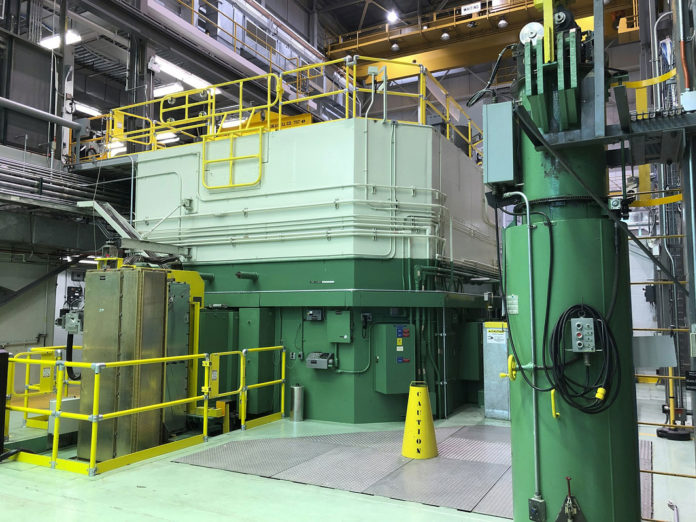The US Department of Defense (DOD) has released a draft environmental impact statement (EIS) for building and demonstrating a mobile nuclear microreactor at the Idaho National Laboratory. The prototype reactor will be designed to deliver one to five megawatts of electrical power for at least three years of operation at full power.
Currently, the department consumes approximately 30 terawatt-hours of electricity per year and more than 10 million gallons of fuel per day. The colossal energy consumption is expected to increase significantly over the next few years due to the anticipated electrification of the non-tactical vehicle fleet and the maturation of future energy-intensive capabilities.
The Idaho National Laboratory defines nuclear microreactors as small nuclear that produce from roughly 1 to 50 megawatts and can operate independently from the electric grids.
Two companies, BWXT Advance Technologies from Virginia and X-energy from Maryland, are developing final designs for the prototype under a Strategic Capabilities Office (SCO) initiative called Project Pele. The prototypes of the two companies will then be reviewed by the department in early 2022 and given a complete environmental analysis, after which one of the two companies will be chosen to build and demonstrate a prototype.
A safe, small, transportable nuclear reactor would address this growing demand with a resilient, carbon-free energy source that would not add to the DoD’s fuel needs while supporting mission-critical operations in remote and austere environments. To enable rapid transport and use, it will be designed to operate within three days of delivery and can be safely removed in as few as seven days.
Project Pele is a fourth-generation nuclear reactor that is capable of working in even remote and austere environments. Once prototyped, it could serve as a pathfinder for commercial adoption of such technologies, thereby reducing the nation’s carbon emissions and providing new tools for disaster relief and critical infrastructure support.
“Production of a full-scale fourth-generation nuclear reactor will have significant geopolitical implications for the United States,” said Jay Dryer, SCO Director. “The DoD has led American innovation many times in the past, and Project Pele offers a unique opportunity to advance both energy resilience and carbon emission reductions while shaping improved safety and nonproliferation standards for advanced reactors around the world.”
